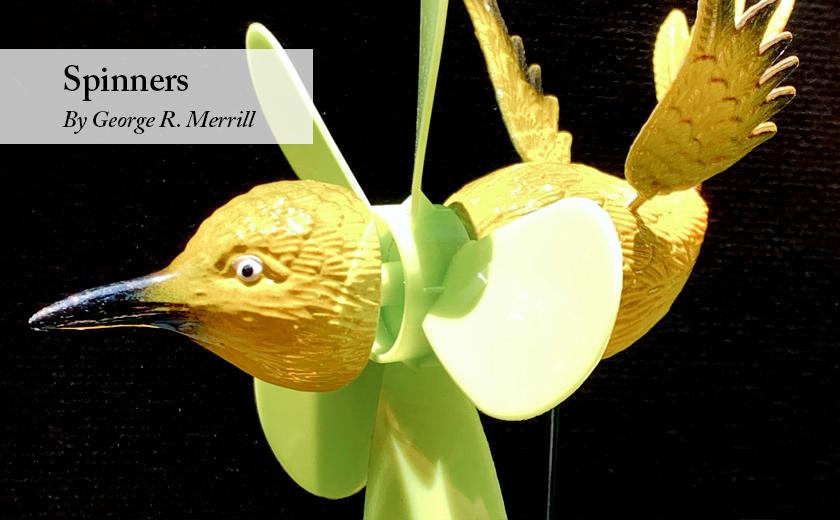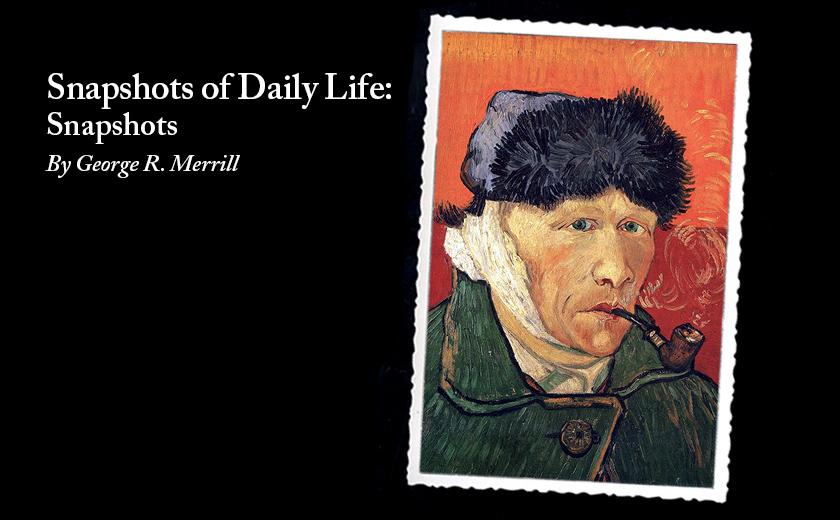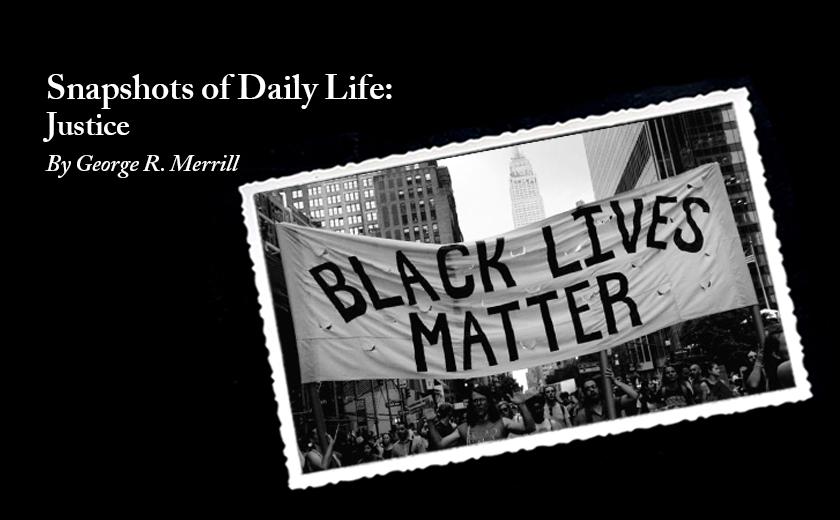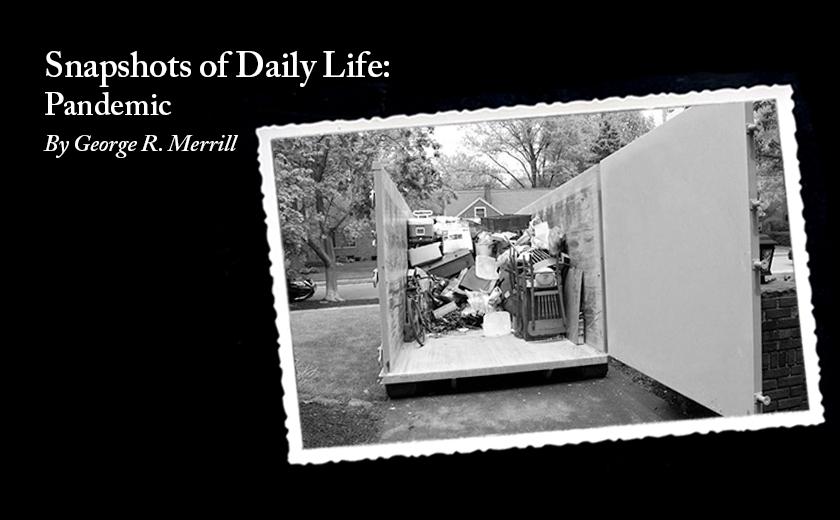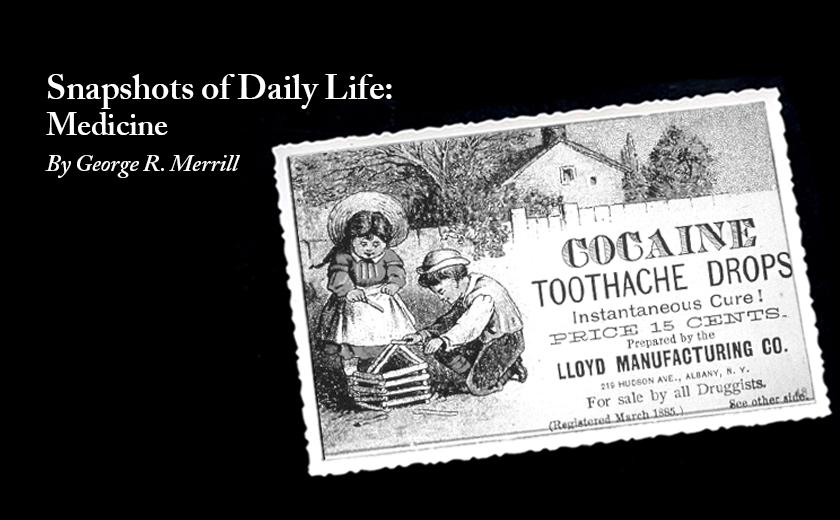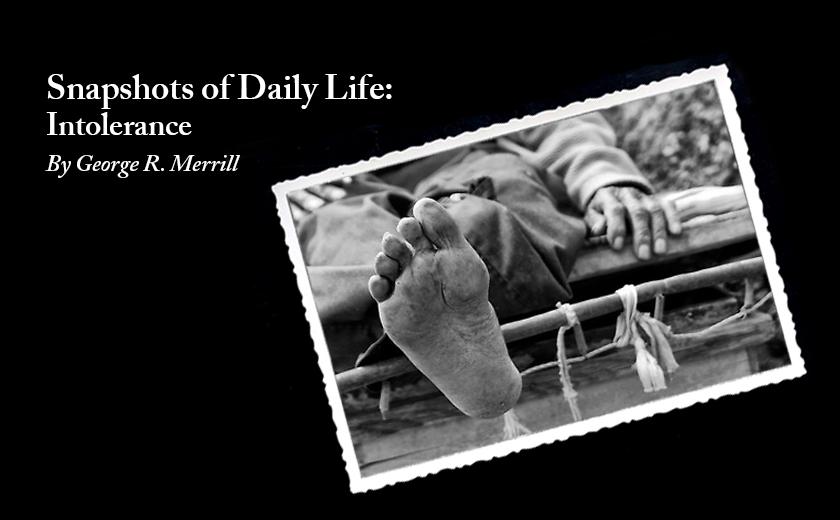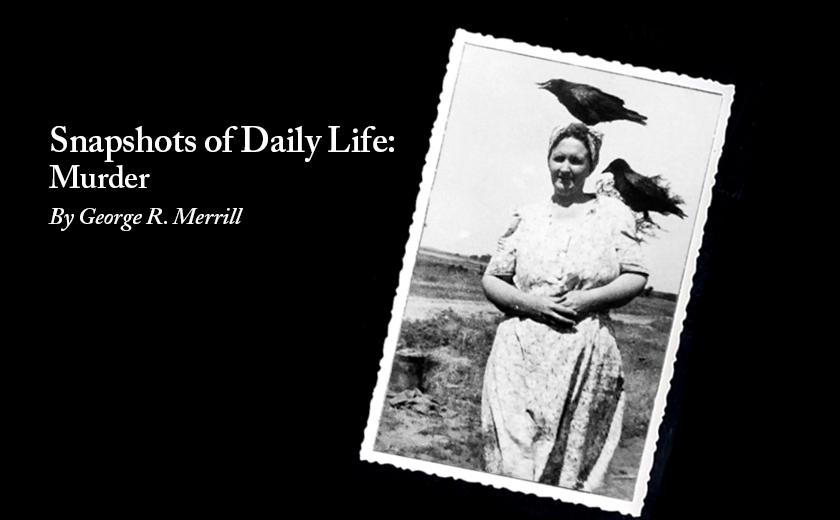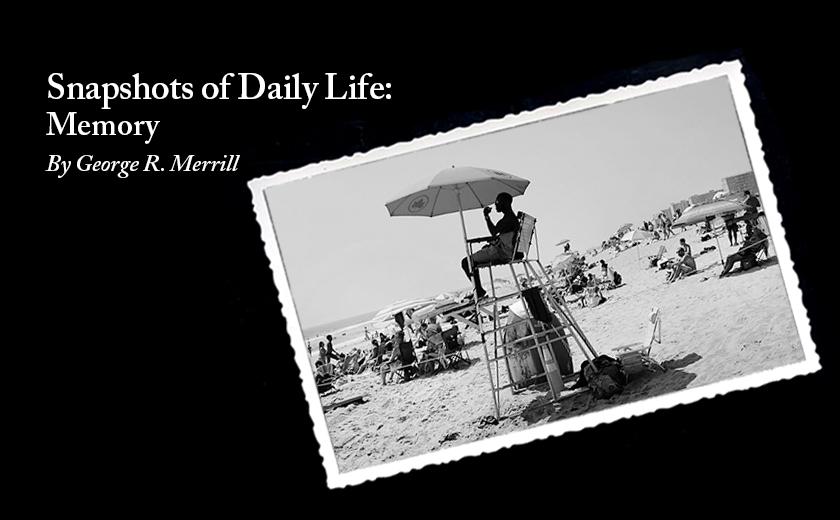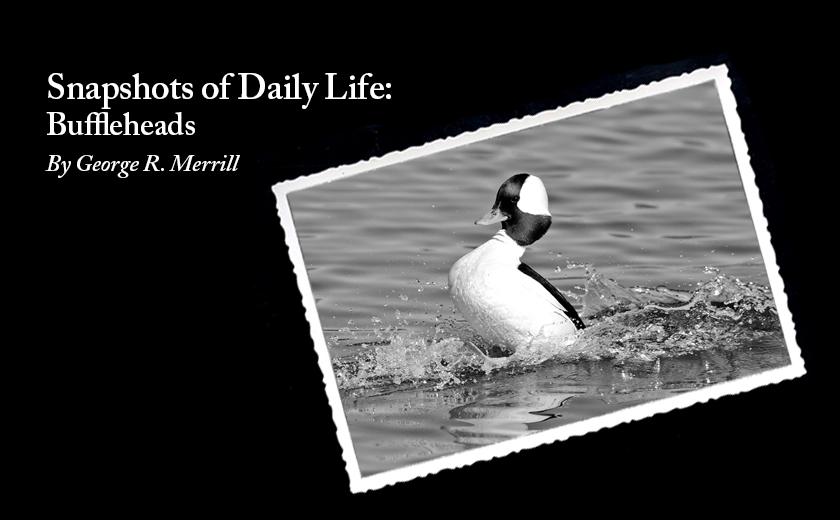I’ve noticed something, lately.
Since our lives were turned topsy-turvy when we were blindsided by my diagnosis, my wife and I have begun talking nonsense more frequently. As a result, we have grown remarkably closer. We used to consider mindless chatter like the weather and political discussions the bread of airheads. Now it’s food for the soul, a welcomed piece of our lives, a kind of non-sectarian speaking in tongues.
Our lives at this juncture are confined mostly to appointments with doctors and other medical facilities or just being with each other at home.
We’ve become dogged by one fear; that someone ‘out there’ could infect me with some simple germ that I am not prepared to defend myself against. I have a marginally functional immune system which leaves me a sitting duck. I’m not a danger to others, but others may be a danger to me. I feel restricted. This does not encourage a robust social life.
Living in this kind of climate for a few weeks has bred a certain habit of –– I’m not sure how to describe it except maybe, mindlessness. This to say that we have come to enjoy talking pure nonsense –– actually getting absorbed in the nonsensical excursions of our ‘spinners’. Spinners have earned a significant place in securing a hold on our sanity.
My wife, Jo, has kept flower pots on the porch for years. She’s placed spinners in the pots. Spinners are florid, burlesque, dime store bugs or flower decorations that have wings or petals that spin in the wind. They are goofy enough to retain my attention and help our minds go totally blank.
We check them out daily. Just the other day we talked about the spinners nonstop for a full hour and a half, like people might talk of their children or pets. I would describe our conversations as something like pillow talk only we’re sitting up in chairs, more focused and not as dreamy.
Coincidentally, about the time I learned of my diagnosis, some of the previous spinners had begun falling apart. We’d had them for years. Jo ordered new ones. One day, after spending most of the day engaged in the tedium of medical and doctors’ appointments, we came home to find our order of new spinners had arrived. We placed the spinners in the old pots.
As we putzed around arranging and rearranging them, we began to talk of their particular ways of being, how they behaved in the wind, in stillness or how their florid colors radiated brilliantly in bright sunlight.
We had one concern: the hummingbird spinner. As soon as the wind rose, his spinner/propeller would rotate lustily. It was evident that soon his spinning blades might clip off the small wings which were fastened with tiny springs to his body. We considered at some length how some strategic interventions might spare the hummingbird this misfortune and increase our pleasure in aiding his safety as well as extending his life.
For at least an hour and a half we arranged and rearranged all the spinners, musing particularly about the hummingbird’s peculiar habits and imminent danger to his torso.
Poets will often discuss exhaustively the distance between words in a poem or the unique way sentences or paragraphs get placed. They speak glowingly about the significance of the blank spaces and how they contain all kinds of subtle intimations of greater truth, deeper realities and infinite possibilities.
I’m of a mind recently, that some blank spaces should remain just that: blank spaces, especially mental ones. We need blank spaces in our lives. They should signify absolutely nothing. The spaces can become a respite from the search for significance or purpose or whatever problems we find that are driving us nuts; always trying to figure them out. These searches can become tiring enough as you know, so when I suddenly noticed that both of us were caught up with the particular habits of spinners to the extent that we had lost all sense of time and place, I could see we had inadvertently discovered a small harbor of refuge at this difficult time.
After half a day keeping medical appointments we’d take a break, repair to the spinners, and enjoy ‘spinner time’ as we came to name it. We reveled in the spiritual fecundity of mindlessness and even gained positive energy from our fanciful and frivolous musings. We got more than we gave, I can tell you that.
Even as I write this, I begin to see our romance with spinners is a form of play, the way kids play, and how deeply healing just playing can be. This kind of healing is not formulaic, but spontaneous, often eliciting belly laughs and gallows humor that provokes tears and guffaws alternately, often in the same moment. It’s fun.
We continue with one concern: the hummingbird spinner. A strong wind places him in a precarious position. I worry that his rotating prop as it furiously spins and bends backwards, sooner or later will whack the small fixed wing just behind it into spaghetti.
I don’t know that either of us have the particular skills to make appropriate repairs. Actually it “ain’t really broke” at the moment. We’ve decided our task right now is not to try fix anything else in our lives but to just enjoy our little spinners and let them take us to a dream world as long as they can.
Columnist George Merrill is an Episcopal Church priest and pastoral psychotherapist. A writer and photographer, he’s authored two books on spirituality: Reflections: Psychological and Spiritual Images of the Heart and The Bay of the Mother of God: A Yankee Discovers the Chesapeake Bay. He is a native New Yorker, previously directing counseling services in Hartford, Connecticut, and in Baltimore. George’s essays, some award winning, have appeared in regional magazines and are broadcast twice monthly on Delmarva Public Radio.
